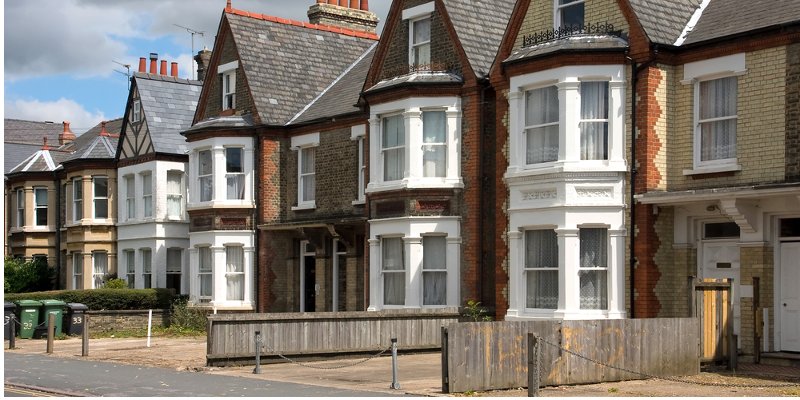Furthermore, Northern Ireland maintained its recent strong trend to record inflation of 5.6% and there was an improvement in house price inflation in Wales to 5.9%.

The North West registered a notable acceleration in the rate of house price inflation to 6.2%, its highest level in a year-and-a-half, the Halifax House Price Index has found.
Furthermore, Northern Ireland maintained its recent strong trend to record inflation of 5.6% and there was an improvement in house price inflation in Wales to 5.9%. Meanwhile London remained by far the most expensive region to purchase a house in the first three months of the year.
Paul Smith, economics director at IHS Markit, said: “Despite the improvement in house price inflation during the quarter, market conditions overall remain soft.
“National house price levels are being supported primarily by a limited supply of properties flowing into the market, rather than any fundamental uplift in demand.
“Although labour market conditions are positive, with record levels of employment and rising wages, the inevitable political and economic uncertainty created by Brexit is weighing on confidence heading into the second quarter of the year.
“These influences are, however, tending to vary across the country, with aforementioned headwinds impacting most noticeably on the housing markets of the South of England, where prices are fairly flat compared to a year ago.
“In contrast, the North West, Wales and Northern Ireland are experiencing robust levels of house price inflation.”
Q1 2019’s regional price data revealed that a standardised house price in London was just below £488,000, more than double the UK average.
The South East registered a standardised price of £339,483, followed by the South West (£250,487) and East Anglia (£234,299). At the other end of the scale, it was in Northern Ireland where prices were lowest of all UK regions (£134,980).
Despite enjoying robust inflation in recent months, prices here remain some 41% lower than they were just prior to the start of the financial crisis in 2007. The only other region to have failed to have surpassed pre-financial crisis peaks is the North of England, where prices remain some 10.7% lower.
Nationwide house price inflation improved during the first quarter of 2019, reaching an annual rate of 2.8% (Q4 2018: 1.9%).
Although an improvement since the end of 2018, and the highest year-on-year increase since the third quarter of 2017, inflation nonetheless maintained its recent trend of moving within a historically subdued range of 2-3%.
On a quarterly basis, the index, which is administered by IHS Markit, also indicated that prices rose by 1.0% since the end of the year.
A third successive quarterly rise helped to take the standardised house price up to a new record level of £231,891, from £229,675. Compared to a year ago, UK house prices have increased by 6,298.
Despite a near 3% increase in prices in the Greater London area over the quarter, market conditions were relatively subdued in the South of England, especially those neighbouring the capital.
Indeed, compared to a year ago, prices in the South East were up only fractionally (0.5%), whilst those in East Anglia declined by -0.9%. Prices in the Midlands were also relatively subdued.
The East Midlands saw prices rise by just 1.8% on the year, whilst those in the West Midlands were down by -0.6%.



